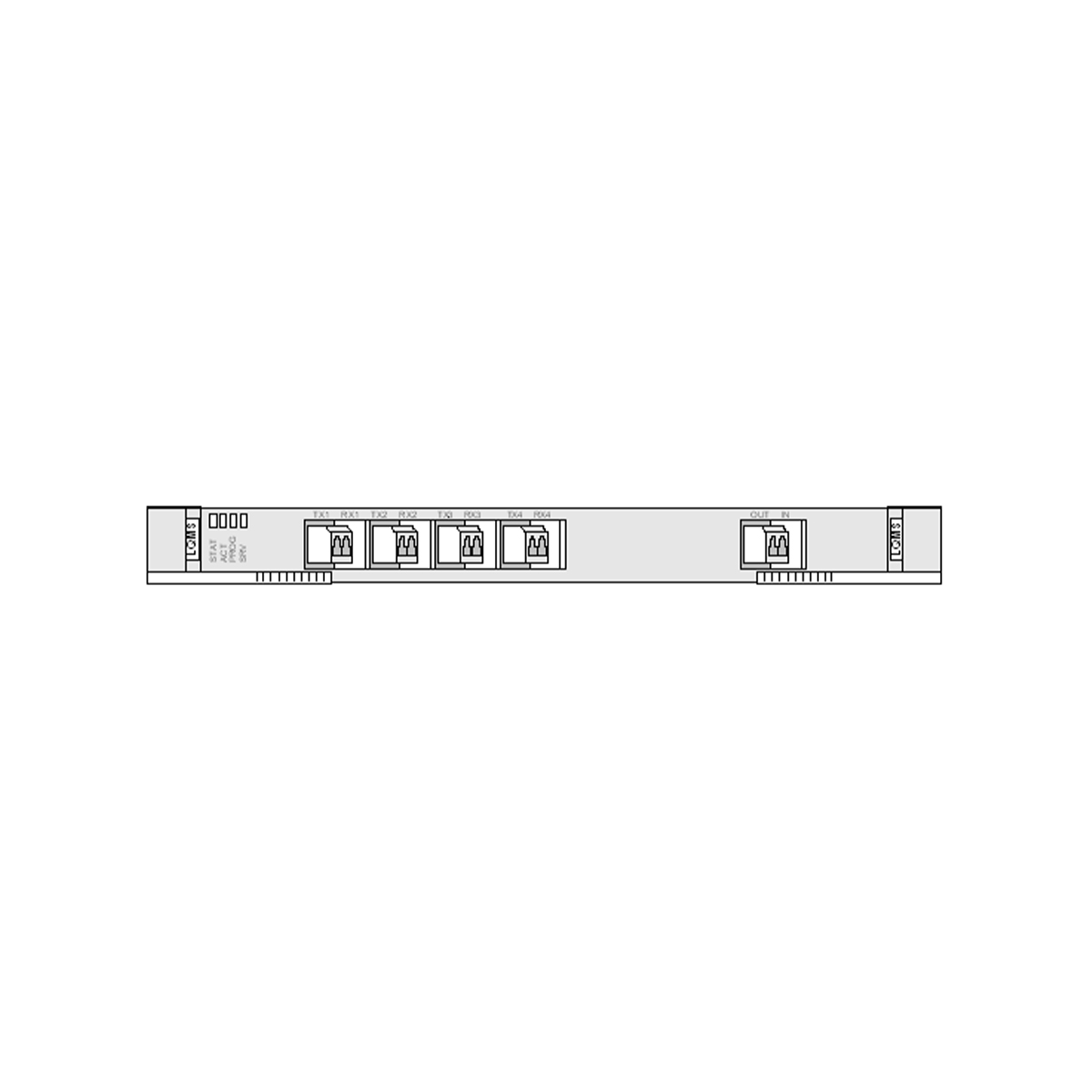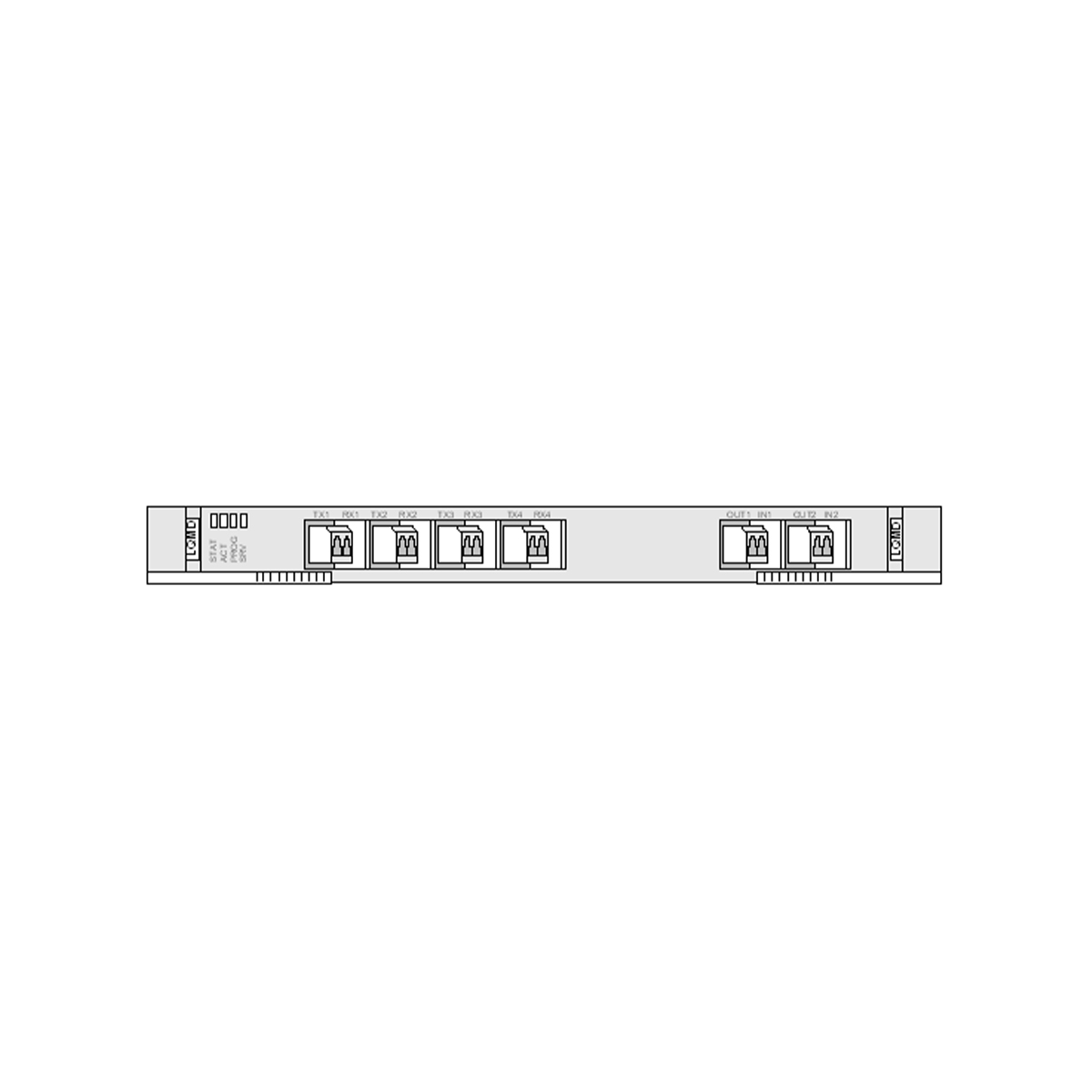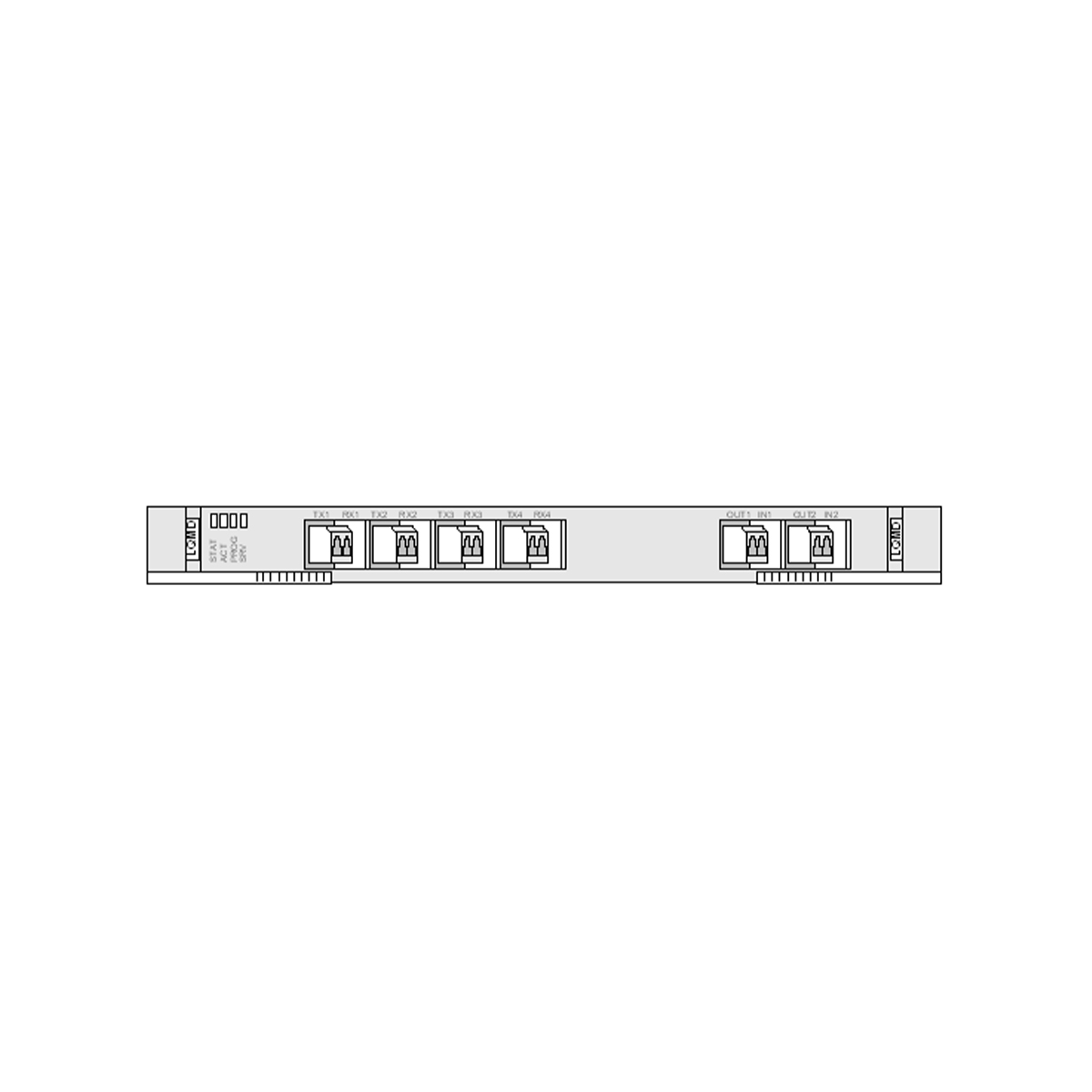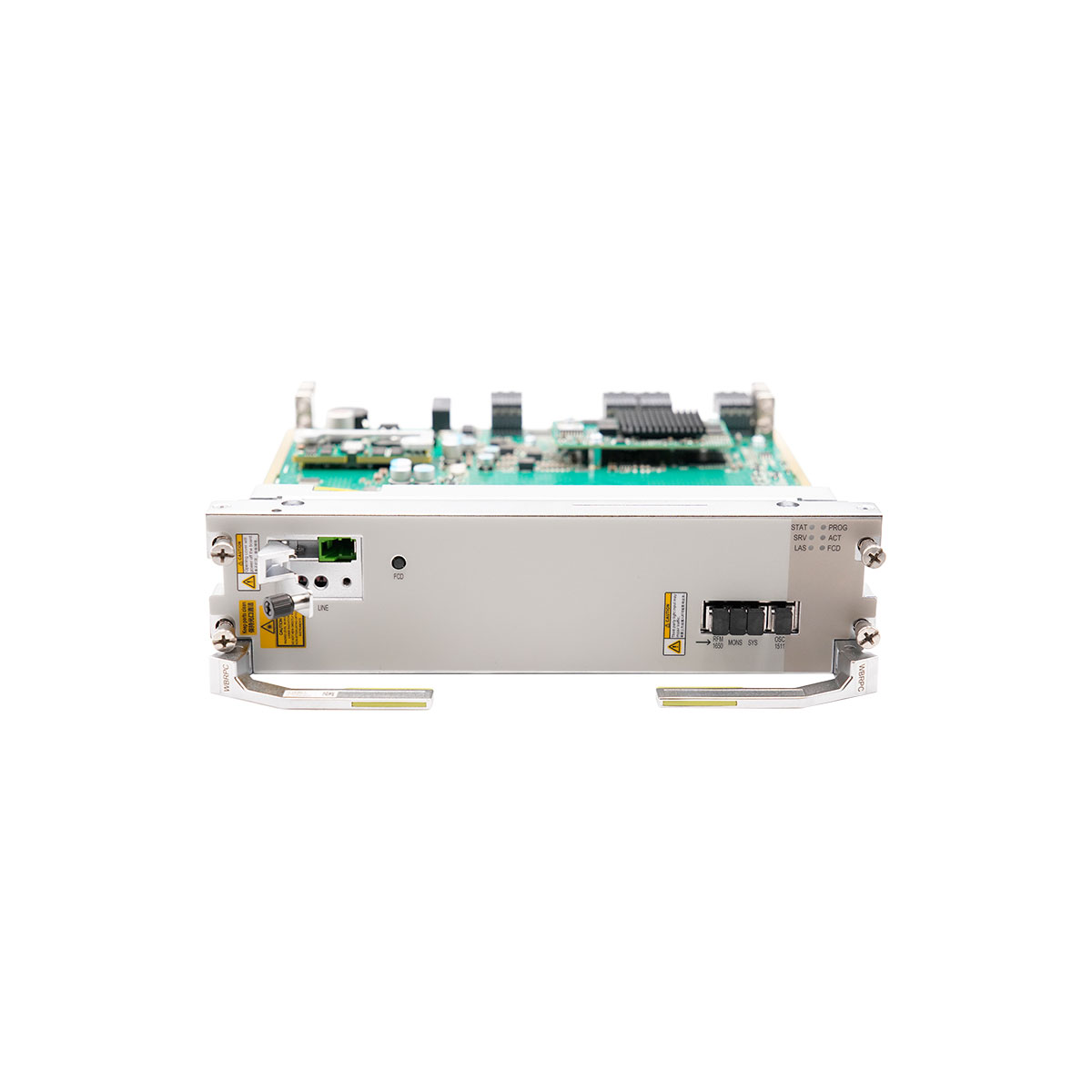In the world of networking, the debate between Layer 2 and Layer 3 switches isn’t just about technical specs—it’s about understanding your business needs. Imagine a scenario where your office network slows to a crawl during peak hours, or your team struggles with managing a growing fleet of devices. The root cause? Often, it boils down to choosing the wrong type of switch. But what exactly differentiates Layer 2 from Layer 3 switches, and how do you decide which one aligns with your goals? This article breaks down the complexities, dispels common myths, and provides actionable guidance to help you make an informed decision.

( A network diagram illustrating Layer 2 and Layer 3 switches in a corporate environment, highlighting traffic flow and routing paths. Caption: “Understanding your network’s architecture is the first step to optimizing performance.”)
The Building Blocks: What Layer 2 and Layer 3 Switches Do
To choose the right switch, you need to grasp their core functions:
- Layer 2 Switches operate at the Data Link Layer, using MAC addresses to forward data within a local network. Think of them as traffic controllers directing cars within a single city. They’re fast, efficient for small to mid-sized networks, and cost-effective.
- Layer 3 Switches step into the Network Layer, using IP addresses to route traffic between different subnets or VLANs. These are the highway planners, managing intercity travel with tools like routing protocols and ACLs (Access Control Lists).
For example, a small retail store with a single office network might thrive on a Layer 2 switch’s simplicity. Meanwhile, a multinational corporation with distributed departments would require a Layer 3 switch to handle cross-office communication seamlessly.
Performance vs. Complexity: The Trade-Off
Layer 2 switches excel in speed and affordability. They use MAC tables to forward frames instantly, minimizing latency. However, they lack advanced features like dynamic routing, making them ill-suited for complex networks.
Layer 3 switches, on the other hand, add routing capabilities at the hardware level. This reduces reliance on external routers and improves efficiency in multi-subnet environments. Brands like Cisco and Juniper integrate ASICs (Application-Specific Integrated Circuits) to boost throughput without sacrificing performance.
Yet, complexity comes at a cost. Layer 3 switches are pricier, often by 20–30%, and require IT teams to configure routing protocols like OSPF or VLAN routing. For a growing startup, this might mean hiring specialized staff or investing in training—expenses that could strain budgets.
Scalability: Planning for Growth
If your business is expanding rapidly, scalability becomes critical. Layer 2 switches can handle growth within a single broadcast domain but struggle with cross-segment communication. Adding VLANs to a Layer 2 setup often necessitates a Layer 3 device for routing between them—a classic “Band-Aid solution.”
Layer 3 switches eliminate this bottleneck. They natively support VLANs, inter-VLAN routing, and QoS (Quality of Service), making them future-proof for businesses anticipating growth. For instance, a healthcare provider adding telemedicine services can rely on Layer 3 switches to prioritize critical patient data traffic while managing multiple departments’ networks.
Cost Considerations: Beyond the Initial Price Tag
While Layer 2 switches are cheaper upfront, hidden costs can add up. For example:
- Network Congestion: Without Layer 3 routing, bottlenecks may force costly upgrades to bandwidth or additional switches.
- Manual Configuration: IT teams might spend hours manually setting up VLANs or ACLs, increasing labor expenses.
Layer 3 switches justify their higher price through automation and reduced downtime. A financial institution using Layer 3 switches can automate failover processes during outages, avoiding millions in lost revenue from network downtime.
Security: Building a Fortress or a Sieve?
Security is another differentiator. Layer 2 switches rely on MAC filtering and port security—basic tools easily bypassed by determined attackers. Layer 3 switches offer robust features like:
- Dynamic Routing Protocols: Securely manage traffic between subnets.
- ACLs: Block unauthorized access at the IP level.
- Firewall Integration: Some models support inline firewall capabilities.
A case in point: A university using Layer 3 switches implemented ACLs to restrict access to sensitive research databases, reducing breaches by 60% within six months.
Real-World Scenarios: When to Choose What
Let’s ground this in practicality:
- Small Business with 10–50 Employees: A Layer 2 switch suffices for basic file sharing and internet access. Example: A boutique café with a POS system and Wi-Fi for customers.
- Mid-Sized Enterprise with Branch Offices: Layer 3 switches enable seamless communication between locations. Example: A law firm with offices in three cities needing centralized network management.
- Data Center or High-Traffic Environment: Hybrid models combining Layer 2 and Layer 3 switches optimize performance and routing. Example: An e-commerce platform handling thousands of transactions daily.
The Verdict: Match Tools to Your Needs
Choosing between Layer 2 and Layer 3 switches isn’t about one being superior—it’s about aligning the tool with the task. Layer 2 offers simplicity and cost savings for straightforward networks, while Layer 3 provides scalability and advanced features for complex environments.
Ask yourself three questions:
- How many subnets/VLANs do I need? If more than one, Layer 3 is likely essential.
- Does my team have the expertise to manage advanced routing? Layer 3 requires skilled IT support.
- What’s the long-term cost of scalability? Factor in future growth and potential bottlenecks.
In networking, there’s no universal “best” switch—it’s about strategic alignment. By understanding the strengths of Layer 2 and Layer 3 switches, you can build a network that’s not only efficient today but adaptable to tomorrow’s challenges. Remember, the right choice isn’t just about avoiding lag; it’s about empowering your business to thrive.








Leave a comment